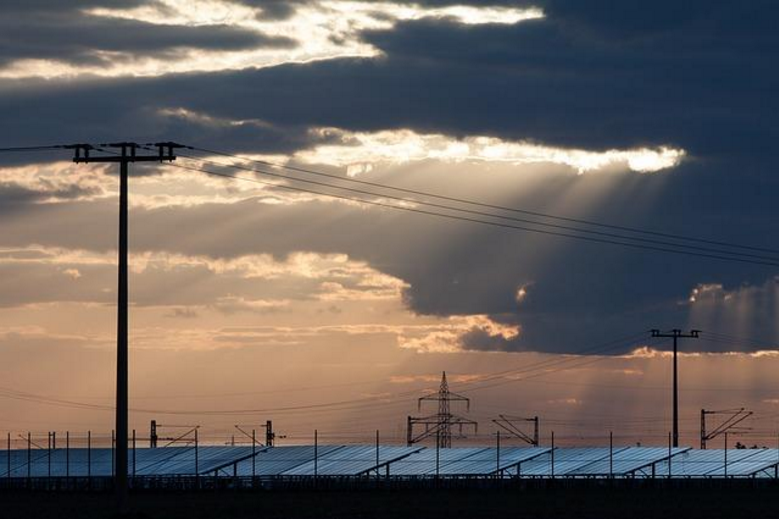We don’t ever want one of our customers to receive a bill and not be aware what all the charges are for. No one wants to be confused over a charge but we’re conscious you’re busy running a business and don’t always have time to question what they’re all for. That’s why, currently, we’re writing a blog series on non-commodity charges, in this blog- our last of this series, we’re discussing the FiT Feed-In Tariff, and how it works.
The Feed In Tariff was launched by the government in order to encourage businesses and homes to generate their own renewable low carbon electricity. The old FiT scheme closed on 14th January 2016 and the new began on 8th February 2016 which possessed new tariff rates and rules which included a limit on the number of installations supported. Most small renewable generation projects will qualify for the scheme, including wind turbines, PV Panels and hydroelectricity, anaerobic digesters and micro combined heat and power (CHP.) Tariffs are paid for 20 years- with the exception of solar PV panels installed before 1st August 2012 which qualify for 25 years worth of tariff charges.

Once registered with Ofgem by an energy supplier, electricity produced and exported to the grid, will receive payment for every KWh generated. All energy suppliers pay towards the FiT fund, their contribution based on their share of the energy supply market. The scheme includes a process to ensure the overall costs are spread evenly and uniform across all energy companies to ensure they aren’t being unfairly charged. Ofgem also administers the scheme with key decisions being made by the department for energy and climate change (DECC). This charge is steadily increasing due to the fact the UK is now generating more renewable energy than ever before. Last year it was reported that in 2015 a record 46% of the UK’s electricity was generated by clean sources and outstripped coal for the first time. What this means in terms of the FiT tariff is that more qualifying electricity is being generated and more FiT payments made than ever before which means that as a result the amount of money energy suppliers have to pay into the fund has increased.
The price you can expect to receive for the renewable energy produced will fluctuate based on the tariff rates. From 1st April 2017 for example, relevant tariffs have been adjusted by RPI of 2.5%. These prices can be found on the Ofgem website; remember to gain an accurate figure you’ll need three key pieces of information: eligibility or tariff date, the technology and capacity of your renewable system and if you’ve been a small scale PV installation since April 2012- did you qualify for the low, middle or higher tariff.
The number of new eligible assets are reviewed by Ofgem every three months, which can be seen on their website. Dependant on how many assets there are, these tariffs have the potential to reduce in the future. These changes will only affect new installations so whilst the rate of increase will slow, the scheme and cost are expected to continue to grow.
How can I lower the charge?
The charge paid is based on two factors- the current FiT rate and the amount of energy used. Whilst you can’t lower the FiT rates themselves, you can lower the price you pay; lower the amount of energy you use and this rate will be lowered on your bill.
If you’re looking to apply for the FiT tariff or would like more information as to if you’d qualify, we’d be more than happy to discuss your options with you- please get in touch with one of our expert energy advisers!

